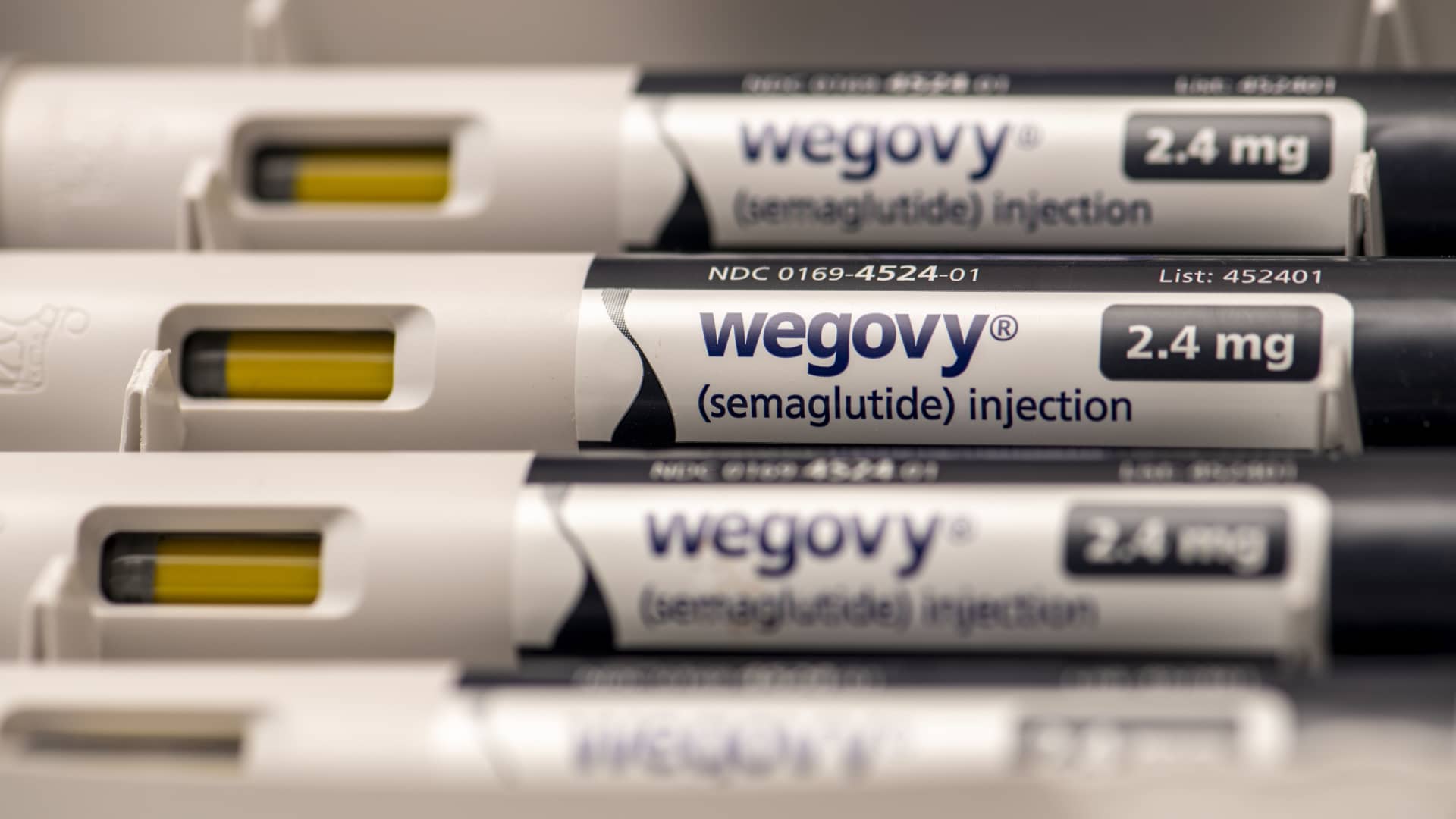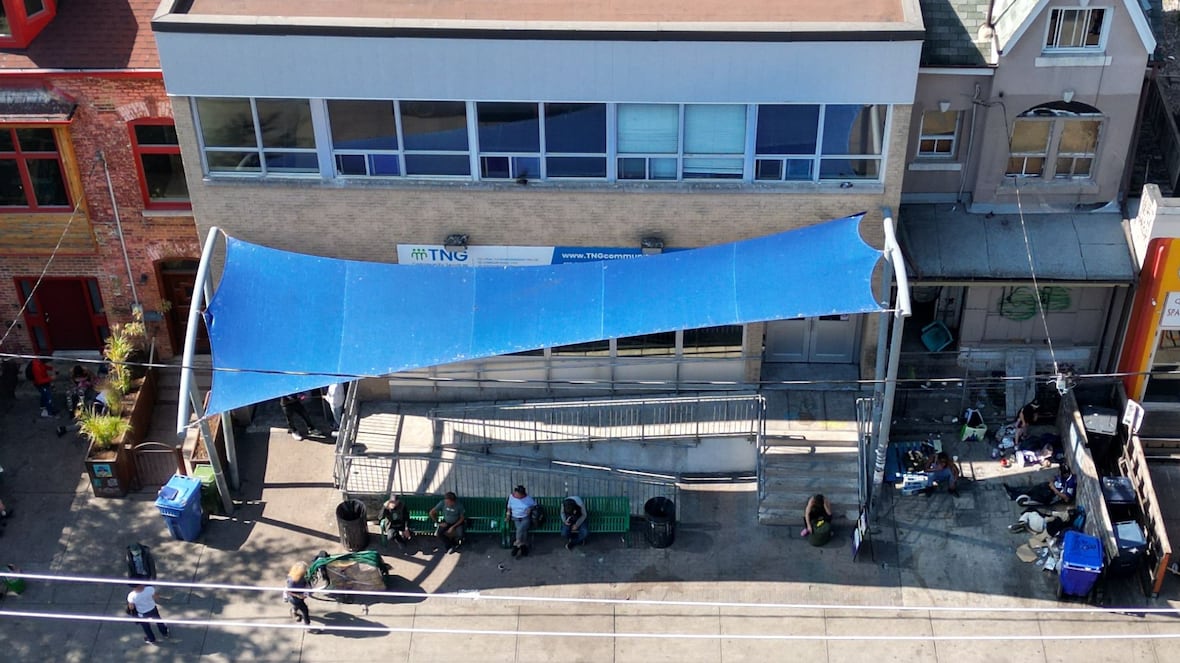The messaging from health officials has been consistent: Don’t look at the sun without proper eye protection, even during an eclipse.
However, Dr. Enitan Sogbesan said he’s still expecting patients to come in with eye injuries following the total solar eclipse on Monday.
“There are people who, no matter what you say to them, they will want to try out such a thing,” said Sogbesan, an ophthalmologist who works at St. Joseph’s Healthcare Hamilton’s Regional Eye Institute.
A solar eclipse can seriously damage your eyes. Using eclipse glasses is just one safety tip for viewing the total eclipse.
Sustained or high-intensity light exposure from the eclipse would “lead to permanent damage to the retina,” Dr. Amber Sheikh, Niagara Health’s head of service for ophthalmology, said in an email.
Also called solar retinopathy, the condition is permanent, she said.
Young children, and people who have undergone cataract surgery, use certain drugs or with “mental or psychiatric issues” are especially vulnerable, Sheikh added.
Sungazing, Sogbesan noted, is always dangerous. That won’t change when the moon moves between us and the sun, as it will on Monday afternoon. And while sunlight is no more harmful than usual during an eclipse, the worry is people will be more tempted than ever to look.
The Royal Astronomical Society of Canada’s Victor Abraham demonstrates how to make a pinhole projector — one way to safely watch the eclipse on April 8. He says to use a long box for the best projection.
On Monday, people in the Hamilton-Niagara area and other regions across the continent will witness the moon pass between the sun and the Earth.
In some places, it will partially block out the sun. But in others — including here — the moon will fully block the star’s light for a short period of time.
Sheikh said ideally, people should avoid looking at the eclipse altogether, but if they follow through with it, they should use ISO-certified eclipse glasses. She also recommends keeping one’s glasses on, even at the time of the total eclipse, when the moon fully blocks the sun.
“Once the total eclipse ends, the light rays can cause photochemical permanent injury to your retina, if the glasses aren’t put back on in time,” Sheikh wrote.
Other experts say it is safe to remove your glasses during totality, which will last anywhere from a few seconds to a few minutes, depending on where you’re looking from.
Sogbesan said it should be safe to look at the sun during totality — if you time it right.
He does recommend taking extra care when putting glasses on to view even a partial eclipse.
“I will make sure that I put on my glasses before I even start looking at the sun [and] close my eyes to make sure my glasses are fitting OK and then open my eyes to look,” he said. He recommends against using glasses if the filters are scratched or damaged.
Sheikh noted NASA will broadcast the eclipse live if anyone wants risk-free viewing.
Sogbesan said that if you do hurt your eyes, you’ll likely notice the effects within a few hours.
The Ontario Association of Optometrists warns blurry vision, blind spots, distortion and pain or sensitivity may all be symptoms of eye damage, and says anyone experiencing those symptoms should see a doctor.
Eclipse day could also bring more car crashes
While total solar eclipses are not particularly rare, they may only occur in the same place once every several decades or even hundred years.
In Hamilton, for example, a total solar eclipse hasn’t been visible since 1925 and there won’t be another until 2144, the head of McMaster University’s planetarium previously told CBC Hamilton.
The eclipse is expected to draw people from around the world and municipalities like Niagara Falls, Ont., are expecting huge crowds, prompting Niagara Falls to declare a state of emergency.
According to research out of the Tory Trauma Research Program at Sunnybrook Research Institute in Toronto, the 2017 total solar eclipse in the United States was associated with more fatal crashes, as an estimated 20 million people travelled to another city to view it.
The lead investigator of the study, Dr. Donald Redelmeier, said his team found there was an average of one extra vehicle crash every 25 minutes and one extra crash fatality every 95 minutes. In total, they linked 46 extra deaths to the eclipse.
Redelmeier said the crashes tended to happen a couple of hours after totality “when people are returning home and they let down their guard.”
The most dangerous hour was between 6 p.m. and 7 p.m., he said, a period “associated with a near doubling of the risk of a fatal traffic crash.”
The risk is similar to other high-traffic weekends, such as Thanksgiving, he said, meaning the main factor was likely increased number of vehicles on the road.
“Other factors might be travel on unfamiliar roadways, distraction in the aftermath of a celestial spectacle, and for some individuals, viewing the eclipse from unsafe roadside locations.”
Redelmeier advises drivers to follow the usual safety procedures, including staying sober, signalling and keeping a safe distance from other drivers.
In a statement, Niagara Health warns patients needing to access a health facility that day to plan for increased traffic and delays, and suggests they fill up on gas in advance and avoid main roads and highways.
Robert Cockcroft, the director of McMaster University’s William J. McCallion Planetarium, shares why the Hamilton-Niagara region will be the best in Ontario from which to view the April 8 eclipse. He also explains why this eclipse will be a big deal, and how to view it safely.
Hamilton police told CBC Hamilton the service will have officers at several parks the city has designated as eclipse-viewing spaces, such as Bayfront Park, and they’ll be prepared to set up traffic cones or barricades as needed.
Officers will also patrol the Redhill Valley Parkway and Lincoln Alexander Parkway to ensure drivers don’t stop on the roads during the eclipse, a police spokesperson said in an email.
GO Transit will have extra service on Monday, including more trains from Toronto to Niagara Falls and vice-versa. There will also be bus service between Niagara Falls and Burlington.
Toronto will likely be busy with commuters coming into the city to watch the Blue Jays’ home opener at Rogers Centre, a GO Transit spokesperson noted in an email, as well as the Maple Leafs’ game. They said there will also be extra service on the Lakeshore West, Lakeshore East and Barrie lines to coincide with those events.








